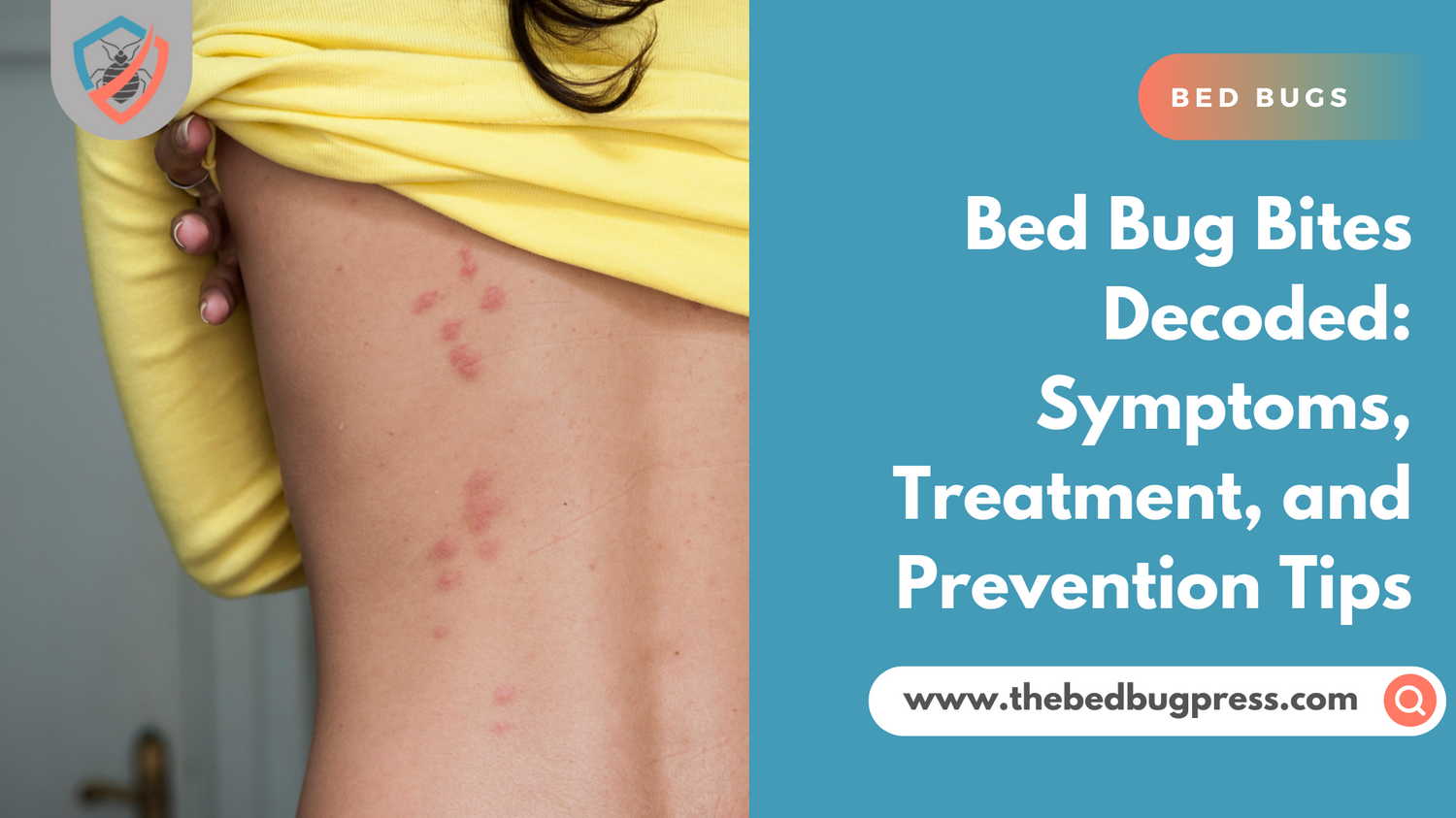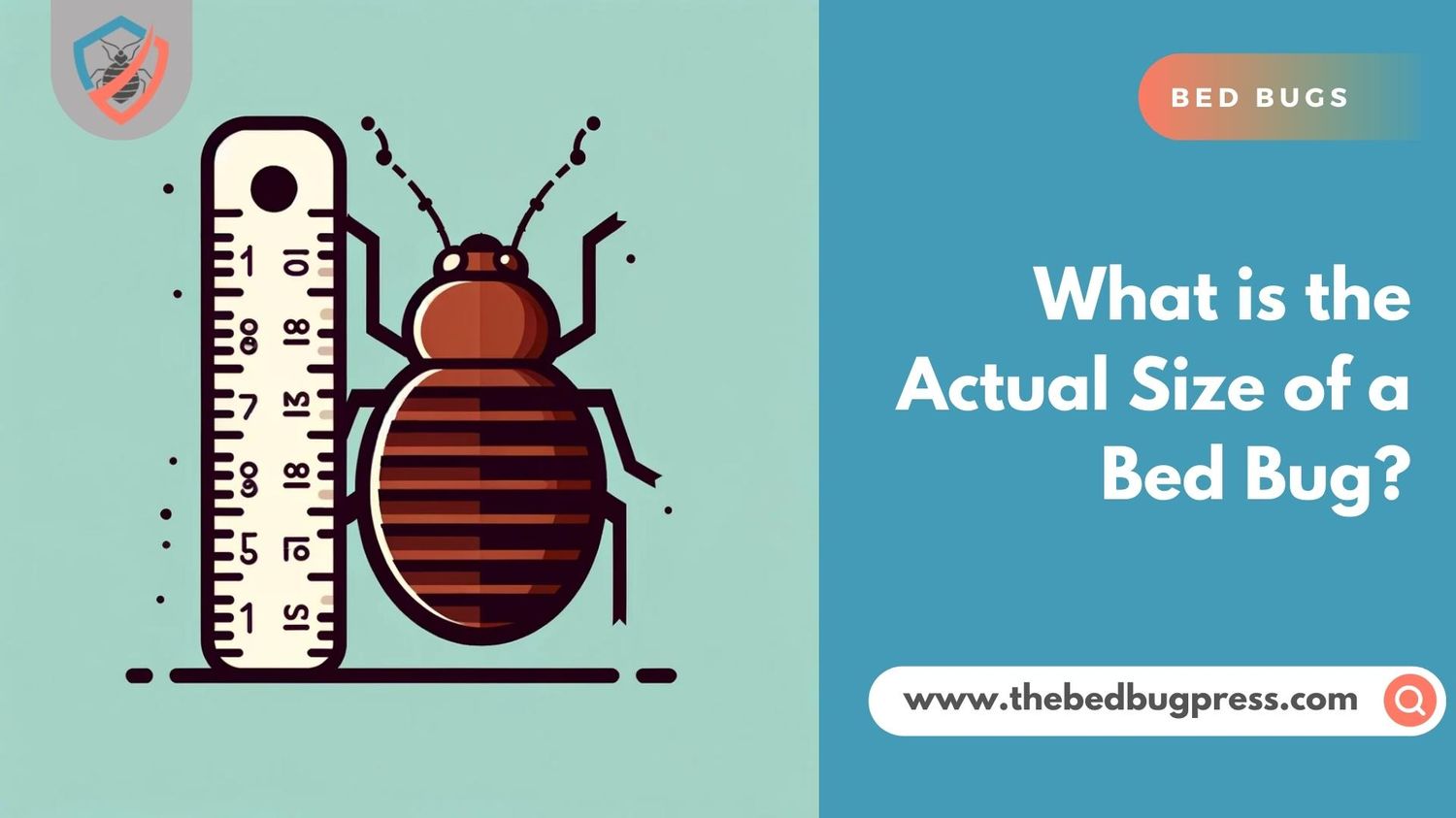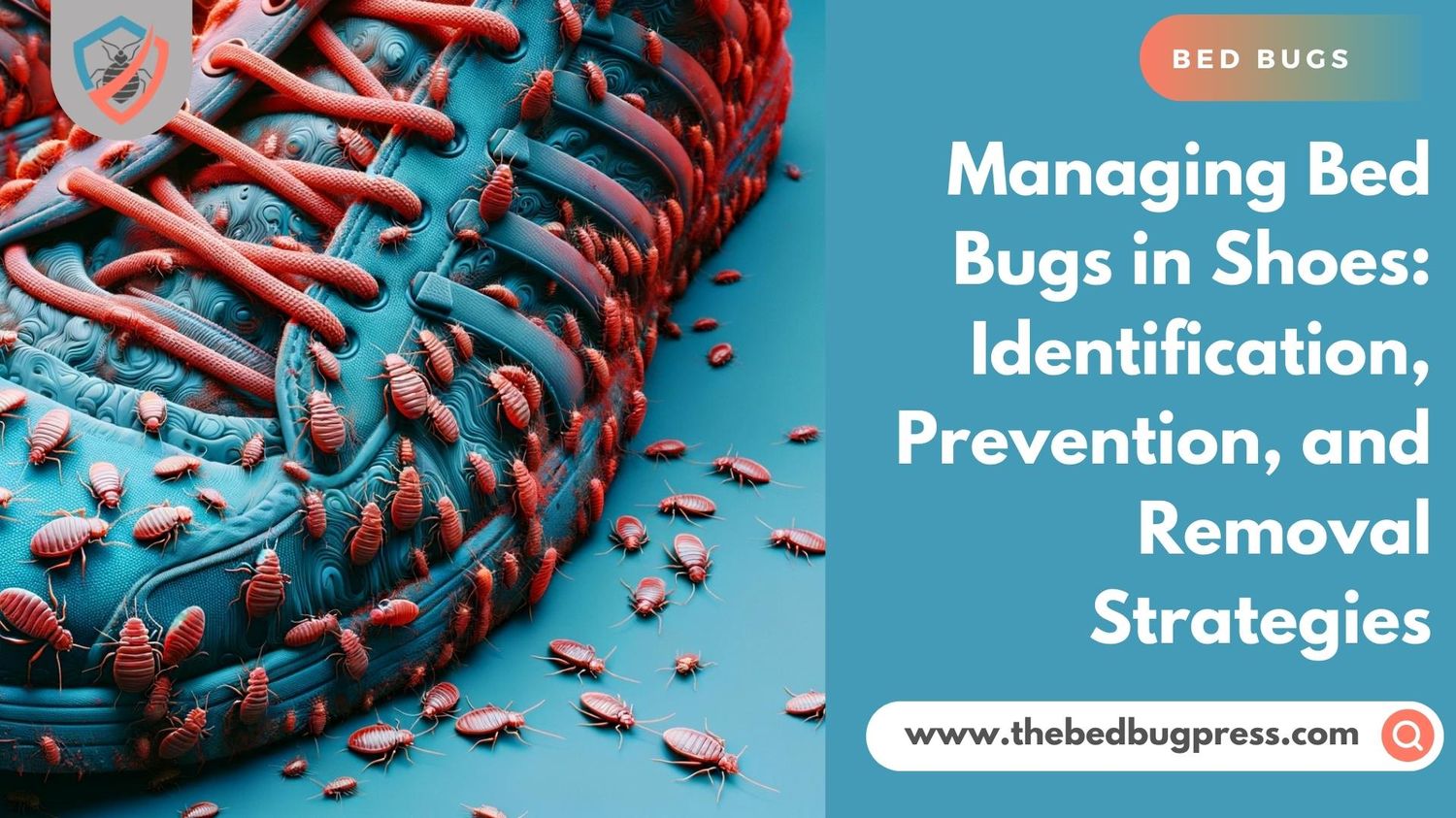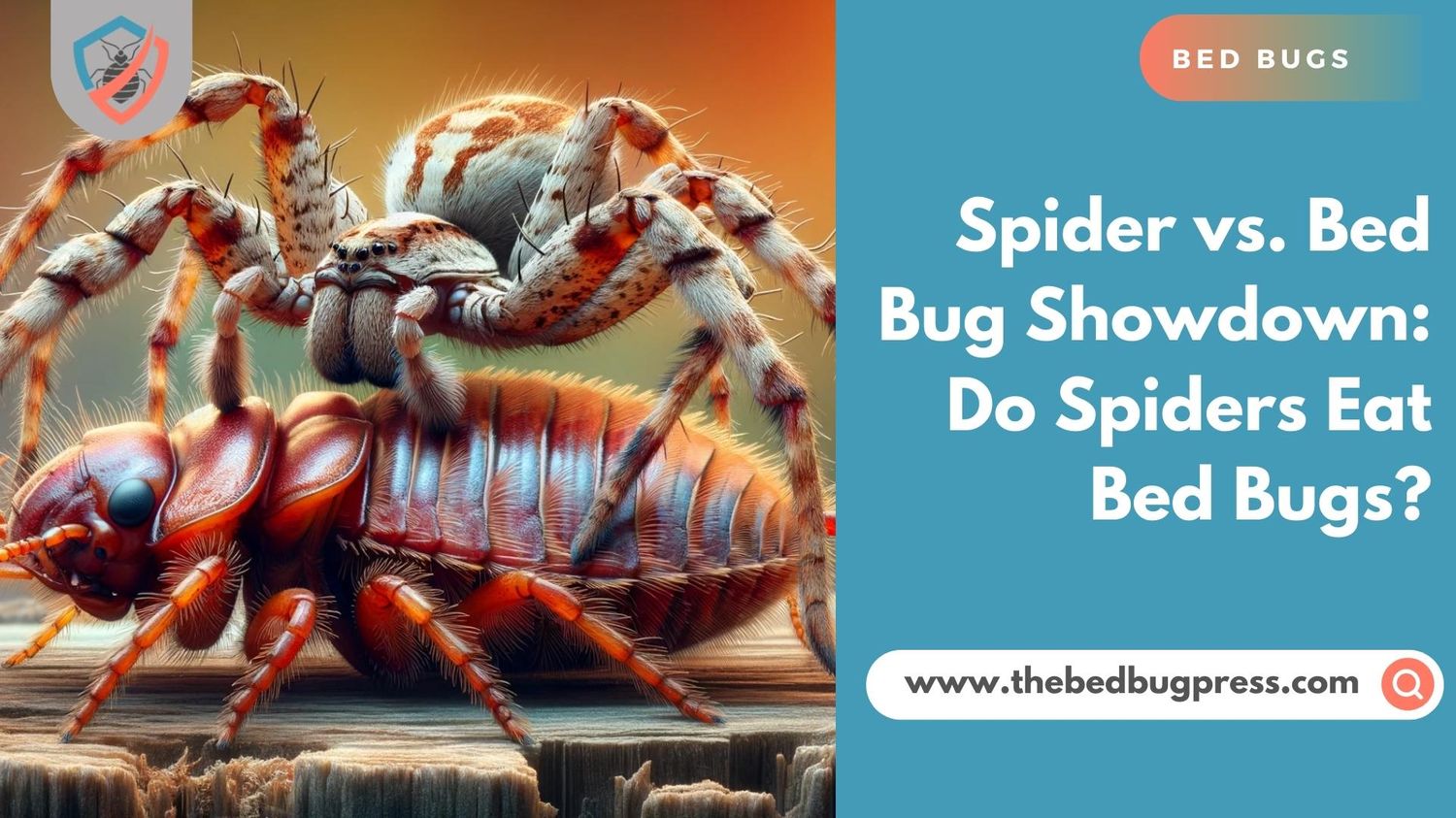Bed bugs are called such because they love to hide near the place where their source of food rests or sleeps. It means that you will most likely find bed bugs hiding near or on your bed or any piece of furniture that you often have close contact with, like your recliner or couch.
If you suspect that unwanted guests are crashing on your couch, you should start inspecting the furniture for bed bugs and treating it right away. Treating upholstered furniture for bed bugs will involve the combination of using non-chemical and chemical solutions and even passive traps to save you from having bed bug-infested furniture again.

How to Check for Bed Bugs on Couch
You need to check several places to find bed bugs and their eggs. Skipping one location might make you miss the infestation. Thus, it is best to check every nook and corner.
Before you flip your couch and remove the stuffing of cushions, you need to prepare the room first. If an infestation already exists, doing these will only disturb them and make them spread as a result.
To ensure that bed bugs do not spread around your home, here are a few things you can do:
- Take the couch outdoors. It will be a lesser problem if they scurry away outside instead of inside your home.
- Move your couch to the center of the room. Doing so will let you spot escaping bed bugs.
- Seal the room and block cracks under doors or in walls to prevent the spread of these pests.
- Apply repellent spray around possible escape routes.
Not taking these measures will only make the bed bugs spread to the rest of your furniture, infesting nearby cabinets or tables as a result. They might even infest other rooms. Once you are ready, you can now start checking for signs of bed bugs on your couch.
Steps in Checking Your Couch for Bed Bugs
Bed bugs tend to hide in the closet dark spots. They will live in that gap between the cushion and the couch if this is the first spot they find. Pull out the cushions and check under the zip handle, under the piping on the corners and sides of the cushions, and in the cushion itself.
- Check under the area where the cushion sits. There might be loose fabric here so pull this tight to check clearly. Creases or folds are perfect hiding places. You can use your magnifying glass to get a closer look.
- The frame of your couch is the next place you should check. If the infestation is serious, it will probably be here. Bed bugs can hide and lay eggs peacefully under the couch. From there, they can spread to the rest of the parts such as the cushions.
- Most couches have wood frames. Bed bugs are fond of living on these wooden frames due to their joins or the spot where wooden pieces are joined together. These joins usually have tiny cracks where these bugs can hide.
- You can remove the fabric from the frame of your couch if possible, to check the frame closely, specifically the joins. You also need to inspect the baseboard at the back of the couch if it has one.
- Since you cannot take off the frame’s fabric in most couches, you can just flip your couch upside down to look at the frame from the bottom. You might need a torch for this. While the angle might make it a bit tricky, you should try looking as much as possible.
How to Check for Bed Bugs in Wood Furniture
Did you recently buy used furniture made from wood and you want to be sure that it is bedbug-free? Whether it is an upholstered chair or a conservatory coffee table, there are a few things you can do to check it for bed bugs:
- Get a light-colored or white sheet, a flashlight, and a flat investigative tool such as a spatula, knife, or expired credit card.
- Put the sheet next to or under the furniture.
- Run the flat tool across joints and crevices to disturb the bed bugs.
- Inspect holes and cracks with the flashlight.
- It is likely that some of these critters to fall on the sheet.
You can also try sealing an entry point before you poke their hiding spots to make the bugs scuttle out in confusion.

Signs of Bed Bugs in Furniture
Bedbugs are easily trapped by covering their nests in fabrics. It’s possible that your furniture has been cleaned. In these situations, it is likely that no evidence of bedbug activity exists. You can still do this, but you can only detect something.
Bed bug is a tiny, round brown insect. Since these are tiny and hidden by cracks they may seem difficult to recognize. So, it may be better to find other signs.
Signs of bed bug infestations in furniture include:
Small, reddish-brown bugs and look for bed bug casings since bed bugs shed skins as they grow
Tiny white bed bug eggs or eggshells
Black or brown fecal spots on the fabric
A musty, sweet odour
Bites or itchy red welts on the skin
If you suspect that your upholstered furniture may be infested with bed bugs, it is important to contact a pest control professional for inspection and treatment.
How Long Does It Take for Bed Bugs to Infest Furniture?
One or two cases of bed bug infestations are possible. Bed bugs can grow into adults within just one month. Each bedbug has an average egg size of up to 200 during its life cycle. If the bug is not detected or killed, the bug may survive up to two to four months with optimal conditions.
Bed bugs can vary in length of time for furniture to be infested. Bed bugs are usually found in the summer months and can appear anywhere in all seasons. Bed bugs can be detected when the food source is available in a suitable environment for their consumption.
Bed bugs are known to be highly mobile and can move quickly from one location to another. They can easily infest furniture, clothing, and other personal items, and can be transported to different places through travel, moving, or even through the exchange of infested items. They can also spread through buying secondhand furniture and shared living spaces, such as apartments or dormitories.
It is important to note that bed bugs can survive for extended periods of time without a food source, making them difficult to eradicate. Once they have infested an area, they can quickly reproduce and spread, making the infestation more difficult to control.
To prevent infestation, it is important to be vigilant and regularly inspect for signs of bed bugs, such as small reddish-brown bugs, shed skins, and fecal spots. If you suspect an infestation, it is recommended to seek professional help as soon as possible, as bed bugs can be challenging to remove.

How to Remove Bed Bugs in Furniture
There are several methods to eliminate bed bugs from furniture, including:
Vacuuming
Use a strong vacuum cleaner to remove as many bed bugs and eggs as possible from the furniture and surrounding areas. Be sure to dispose of the vacuum bag after use to prevent the bugs from escaping.
Steam Cleaning
Use a steam cleaner to heat-treat the furniture and kill bed bugs. The steam should be at least 170 degrees Fahrenheit to be effective.
Insecticides
Use a professional-grade insecticide labeled for use against bed bugs. Be sure to follow the instructions on the label carefully and use in a well-ventilated area.
Professional Extermination
Hire a professional exterminator with experience in treating bed bugs. They will be able to identify the infestation and use the most effective methods to eliminate the bugs.
When to Call for Professional Exterminators
If you have attempted to eliminate a bed bug infestation using DIY methods and have not been successful, it is important to call for professional extermination. A professional exterminator will have the knowledge, experience, and equipment necessary to effectively eliminate bed bugs and prevent them from returning. They will be able to identify the source of the infestation and advise on how to prevent future infestations.
It’s also important to clean and de-clutter the surrounding area, seal cracks and crevices, and encase mattresses and box springs in bed bug-proof covers to help prevent another bed bug infestation and keep your furniture bed bugs-free.
How to Prevent Bed Bugs from Re-infesting Your Furniture
To prevent bed bugs from re-infesting your furniture, you should:
Regularly inspect your furniture for bed bugs, such as small reddish-brown bugs or tiny white eggs.
Use bed bug-proof encasements for your mattress and box spring, which will trap any bed bugs that are currently inside and prevent new ones from getting in.
Vacuum your furniture regularly, paying special attention to seams, crevices, and other hidden areas where bed bugs may be hiding.
Use a powerful steamer to kill bed bugs on contact.
Hire a professional pest control company to inspect your home and treat it if necessary.
Take steps to reduce clutter in your home, as bed bugs thrive in cluttered environments.
Be cautious when buying used furniture and inspect it thoroughly before bringing it into your home.
When travelling, make sure to check your hotel room for bed bugs before bringing your luggage inside.
Be aware of the signs of a bed bug infestation and take action to control bed bugs as soon as possible to prevent the infestation from spreading.

Conclusion
In conclusion, bed bugs are a common problem in furniture and can be difficult to eliminate. They can hide in small crevices and survive for long periods of time without a blood meal. To prevent infestation, it is important to inspect second-hand furniture before bringing it into your home and to check your furniture for bed bugs regularly.
If you suspect you have a bed bug infestation, it is best to contact a professional exterminator for treatment. It is essential to take necessary precautions to keep your furniture bed bugs-free.





